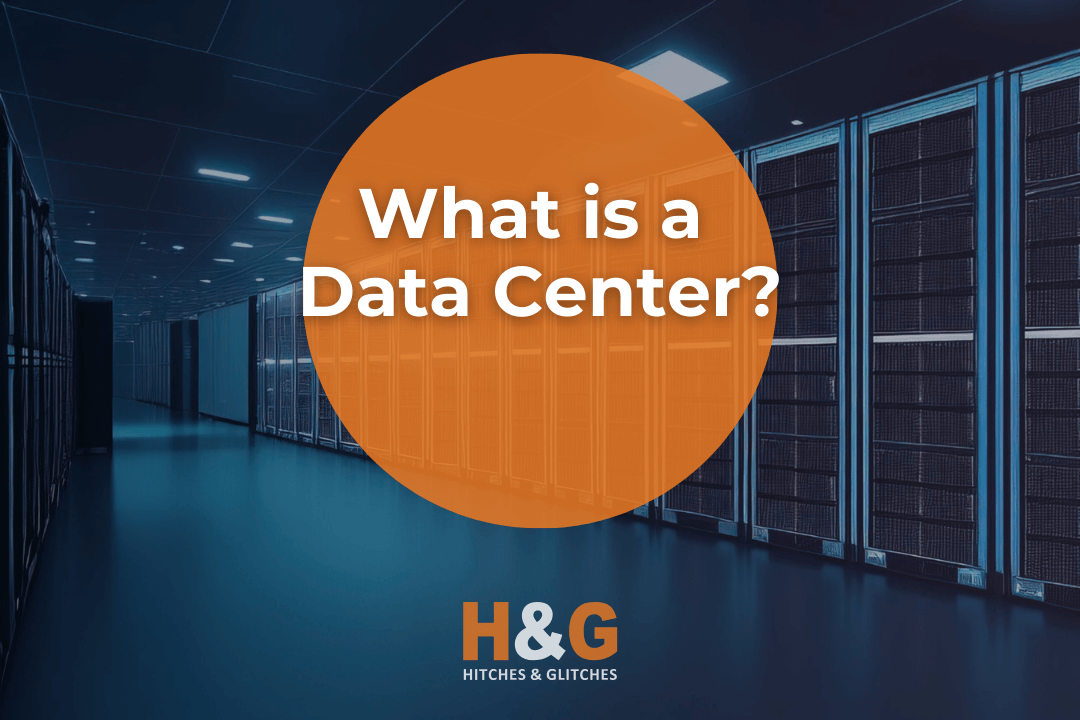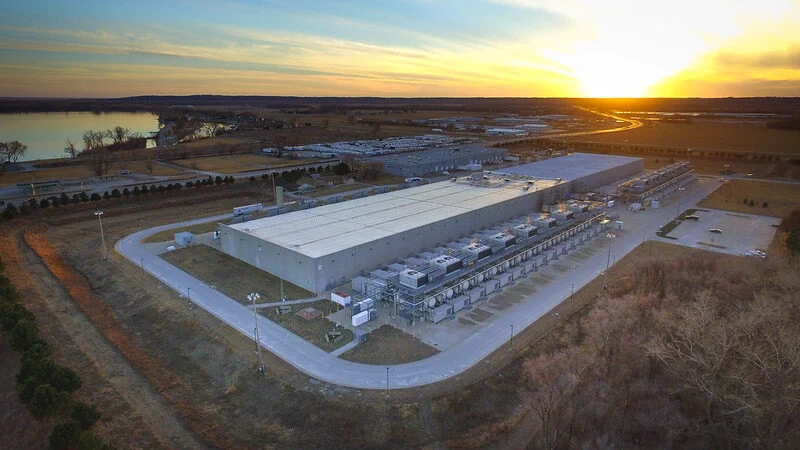
In today’s world of technology, data is super important. It’s like the fuel that makes our digital gadgets work, from shopping online to chatting with friends. But have you ever wondered where all this data lives and how it’s taken care of? Well, get ready to learn about data centers! They’re like the secret heroes that keep our digital world running smoothly.
In this article, we’ll uncover the mysteries of data centers and why they matter so much. So, let’s start our journey into this important part of our online lives.
What is a Data Center?
A data center is like a giant, super-organized digital storage space. Imagine it as a massive library of computers and information. It’s where all the digital stuff, like websites, photos, videos, and documents, is stored and managed.
Think about your computer or smartphone. They can store some data, but not as much as we need today. Data centers come to the rescue by offering a safe and spacious home for all this digital data.
A data center has rows and rows of computers and storage devices. These computers are like workers that do all the heavy lifting. They process online requests, like loading a webpage or sending an email. They also store and organize the data, ensuring it’s accessible when needed.
But it’s not just about storing data; data centers also keep it safe and secure. They have robust security measures to protect against hackers and physical threats. It’s like having guards and high walls around a fortress to protect the treasures.
Simply put, a data center is where the internet’s magic happens. It’s the powerhouse that ensures you can watch YouTube videos, shop online, and connect with friends on social media. Without data centers, our digital world wouldn’t function as smoothly as today.

Anatomy of a Data Center
Now that we know what a data center is let’s take a peek inside to see how it works and what makes it tick.
Servers
Think of servers as the heart and soul of a data center. These are powerful computers designed to handle specific tasks. They come in various shapes and sizes, just like different tools in a toolbox. Some servers store website data, others process email requests, and some manage databases.
These servers work together to ensure everything runs smoothly in the digital world. They’re like the chefs in a busy restaurant kitchen, each responsible for a specific dish to create a delicious meal.
Racks and Cabinets
Imagine servers as books in a library. Racks and cabinets are like the shelves that hold these servers neatly in place. They are designed to maximize space and ensure proper airflow to keep everything cool. Neat organization is vital, making it easier to maintain and upgrade the servers when needed.
Cooling and Power Systems
All those servers can generate a lot of heat, like a room full of computers running non-stop. Data centers have advanced cooling systems, often with rows of giant fans and cooling units, to prevent overheating. They ensure the servers stay at the right temperature, just like air conditioning in your home.
Power systems are equally important. Data centers need a stable and uninterrupted supply of electricity. They have backup generators to kick in if there’s a power outage, making sure the servers keep running, much like a backup generator for your home during a blackout.
A data center’s anatomy is like a well-organized factory, with servers as the workers, racks, and cabinets as the shelves, and cooling and power systems as the essential utilities, all working together to keep the digital world humming smoothly.
Types of Data Centers
There are different types of data centers:
Company Data Centers: Some companies have their own data centers to keep their data. It’s like having your private library.
Shared Data Centers: Others rent space in big data centers. They share the space and equipment, like an extensive library with many books.
Cloud Data Centers: These are super-big data centers that help us store pictures, play games online, and much more. They are like the most extensive libraries in the world!
Data Center Locations and Security
Data centers are like digital fortresses; their location and security are crucial factors in their operation.
The Importance of Location
Have you ever noticed how some things are located strategically? Data centers are no different. Their location matters for several reasons:
Proximity to Users: Data centers are often placed closer to where people use the internet the most. This reduces the time it takes for data to travel, making websites load faster and videos stream smoothly.
Disaster Considerations: Data centers must be in safe areas, away from natural disasters like floods or earthquakes. Imagine your data getting wet or shaken up – not a good scenario!
Cooling Efficiency: Staying cool is vital for servers. Data centers in cooler climates can use natural cooling methods, which is good for the environment and reduces energy costs.
Security Measures
Just like how you lock your house to keep your belongings safe, data centers have strict security measures:
Physical Security: Data centers have controlled access points with guards, security cameras, and biometric scanners. It’s like having a fortress with guards at the gate.
Digital Security: Hackers are always looking for ways to get into data centers. That’s why there are digital locks and advanced security software to protect against cyberattacks.
Redundancy: Data centers have backup systems for everything. If one server or power source fails, there’s another ready to take over. This redundancy ensures data stays safe and available.
Data centers are like banks for your digital information, and their location and security are like the vault and security system, keeping your data protected and accessible when you need it.
Energy Efficiency and Sustainability
Data centers use a lot of energy, but they’re trying to be more eco-friendly. They’re using clever tricks to save energy, like turning off lights when unnecessary. They also use clean energy from the sun and wind to be kind to the planet.
Scalability and Flexibility
Data centers can grow when more space is needed. It’s like adding extra rooms to your house when your family gets bigger. And with the internet, connecting lots of data centers to work together is easy.
Data Center Connectivity
Data centers are linked up with special internet connections. This helps all the data go where it needs to, like sending messages and videos quickly.
The Future of Data Centers
As technology keeps changing, data centers will change, too. They’ll become even better at what they do. Soon, we might see smaller data centers closer to us, making things even faster!
Further Reading >> Data Center Cleaning Best Practices for 2023
Conclusion
So, now you know what data centers all are about. They’re like the superheroes of the digital world, keeping our data safe and making our online lives possible. The next time you send a message or watch a video online, remember that a data center is working behind the scenes to make it happen.
If you’re curious about the innovative future of data management and how Modular Data Centers are leading the way, don’t miss our dedicated article on “Modular Data Centers” Discover how they’re shaping the data center landscape and why they’re a critical solution for businesses aiming to optimize their data infrastructure.

